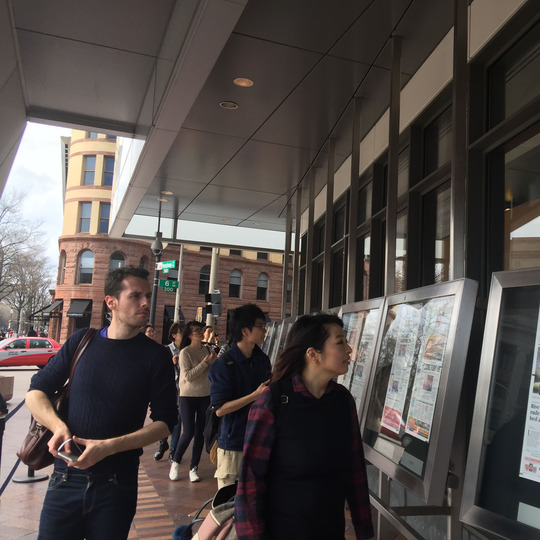
Report: "Study Trip to Washington D.C." Jiaxi Hou
- Time and Date
- March 16 (Wed.) to March 22 (Tue.), 2016
- Venue
- Washington D.C., U.S.A.
- Organized by
- The "Information & Media" Unit & the "Americas & the Pacific" Unit, Integrated Human Sciences Program for Cultural Diversity, The University of Tokyo
My motivations to participate in the study trip to Washington D.C. include three points. First, I would like to know about how American media organizations adjust themselves under the influence of new media technology. In other words, are traditional leaders in print media such as the New York Times or the Washington Post still influential in the Internet world? How does the new technology change their news producing processes? Are these changes different from what happened in China or in Japan? Second, I wish to learn about American culture through firsthand experience. We all have some accesses to American culture, for example, the Hollywood films, the fast food restaurants, even the Internet tools like Google or Facebook. However, I have never been to the U.S. before, thus, I very much look forward to the precious opportunity to learn about American culture with my own eyes. Third, as the United States is an immigrant country, I would like to observe how people with diverse ethnic backgrounds co-exist in such a multicultural society.
As a master's student, my research topic is about how Japanese TV dramas are spread and interpreted among Chinese audience through new media technology. I pay particular attention to a Chinese version of a danmaku (on-screen comments; originally "弾幕" in Japanese) website, called bilibili.tv, where most Japanese TV dramas are uploaded by anonymous Chinese netizens and a large number of viewers regard it as their first choice to watch Japanese TV dramas. The most significant feature of bilibili.tv is its unique commenting system. Unlike YouTube, viewers' comments are overlapped directly onto the videos, rather than below them, thus, the comments become part of the video itself. I am planning to investigate how the new commenting methods contribute to the generation of new values among the audience, such as the specific Internet value about lulz. I am also interested in how the comments satirize the video content, especially about Japanese romances, thus, contribute to the building of a kind of grass-root feminism among Chinese female audience. Although my research content is different from journalism, I found Prof. Nikki Usher's research inspiring, which is about how the New York Times evolves in the digital age. The common theme we share is how the new technology helps to formulate new values or influences traditional values.
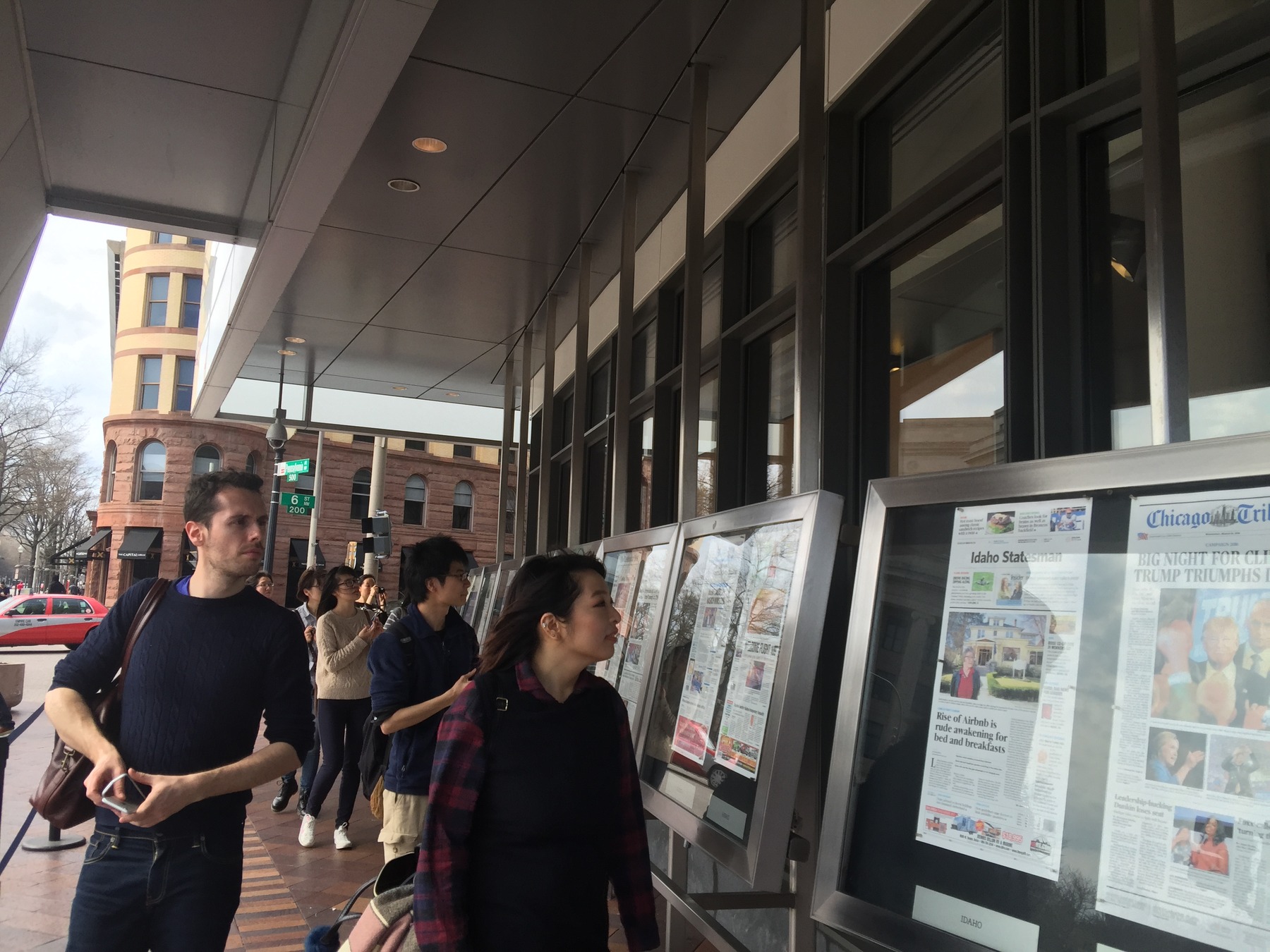
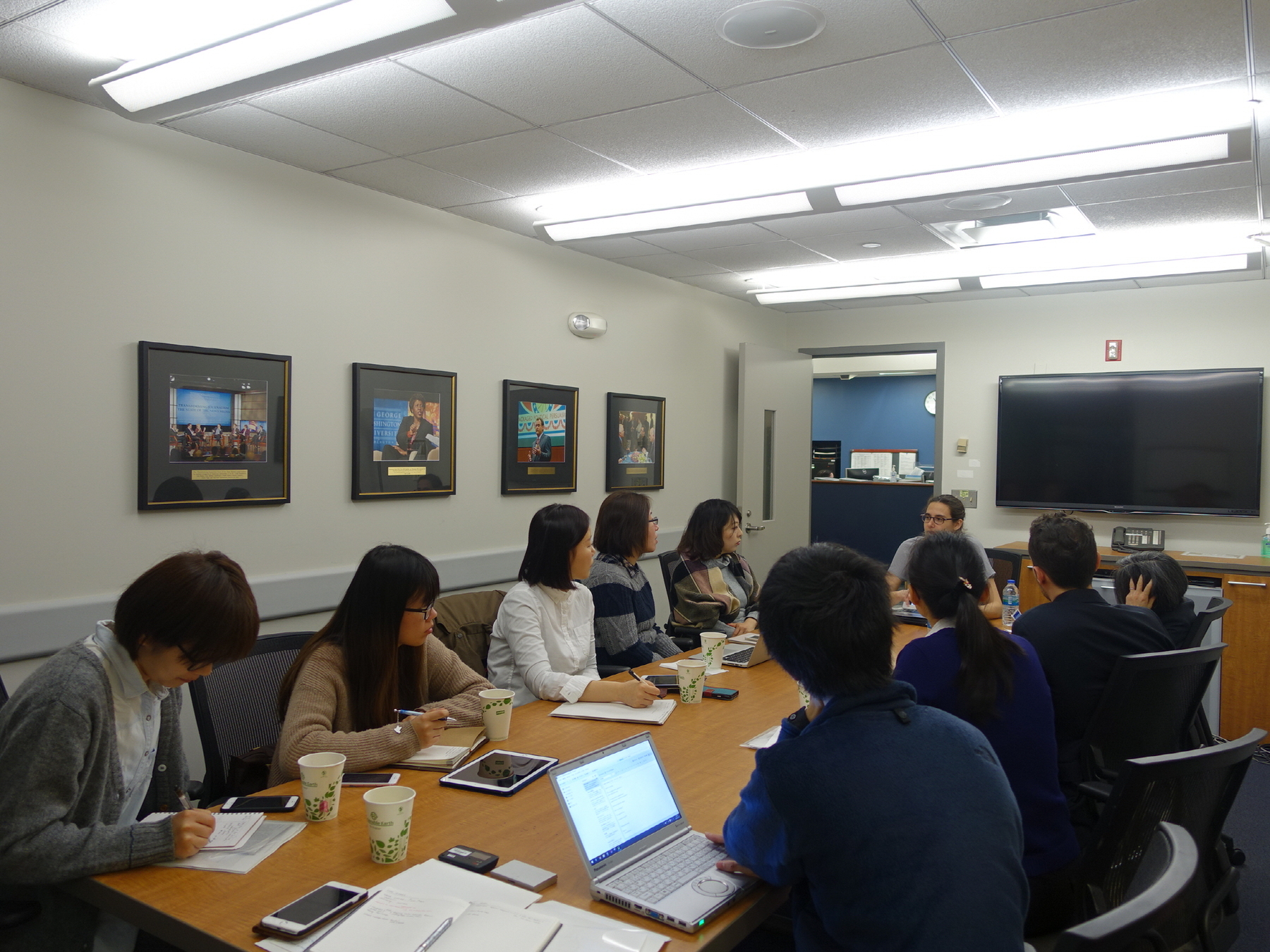
During the lecture at George Washington University, Prof. Usher introduced her ethnographic research in the New York Times newsroom in 2010. She spent five months at the business desk of the Times newsroom, observing and doing interviews. She found how journalists, editors and managers negotiated the challenges of online and print content according to three emerging news values: immediacy, interactivity, and participation (Usher, 2014). She pointed out that the co-existence of online and print media had great influence on the dilemma of news values. For example, for the theme of immediacy, the print media and the online news had totally different conception. The former one's deadline was around 12-18 hours, while online news should be instant. She also updated the new trends of the Times after her research finished. Currently, journalists and editors of the Times are more precautious about the web traffic than before. For example, the Times have their in-house evaluating system to avoid using web traffic directly to assess the value of a piece of news. They include their own assessing values of the content in the system and justify themselves better to the advertisers. The idea of Internet product also has larger influence on the producing processes of the Times. The organization is no longer a simple content producer, but a combination of the newsroom, a commercial product and audience. They also put more attention on the personalization technology and how to take advantage of big data.
From Prof. Usher's research, I can see the possible theoretical route to a broader theme of how the new technology redefines traditional values and generates new values. Her research method is also inspiring as it can provide a very detailed portrait of the insiders within a media organization. Although the content of my research topic has no close relevance with hers, I am inspired by the Times ethnographic research conducted by Prof. Usher, and I also learned a lot from the construction of her theoretical framework in her book.
In addition, as I have worked as a news editor for one year in one of the biggest news portals in China, Sohu.com, I am also interested to find the similarities and differences among American and Chinese news organizations. Prof. Usher's description about a day of an editor is almost exactly the same as mine when I worked in Sohu.com, except that we had to face the censorship at the same time. On the one hand, it indicates how the developments of Chinese Internet emulate the American way. On the other hand, we can find that technology has the power to affect an industry across cultural or national boundaries. Prof. Usher also mentioned that although her research may not be generalized, she found situations in other newsrooms very similar. The new trends she mentioned in the lecture also match those of current Chinese online news.
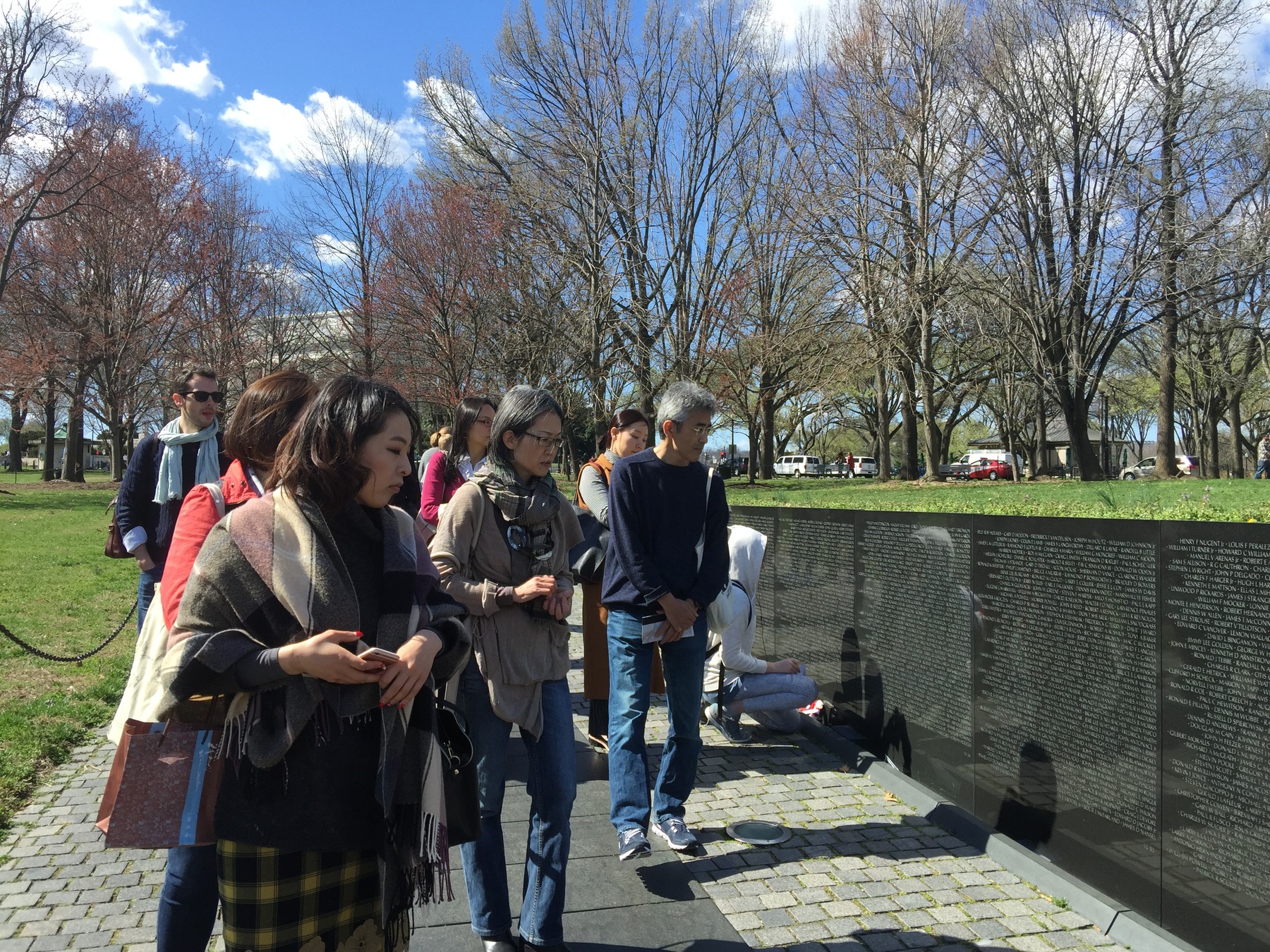
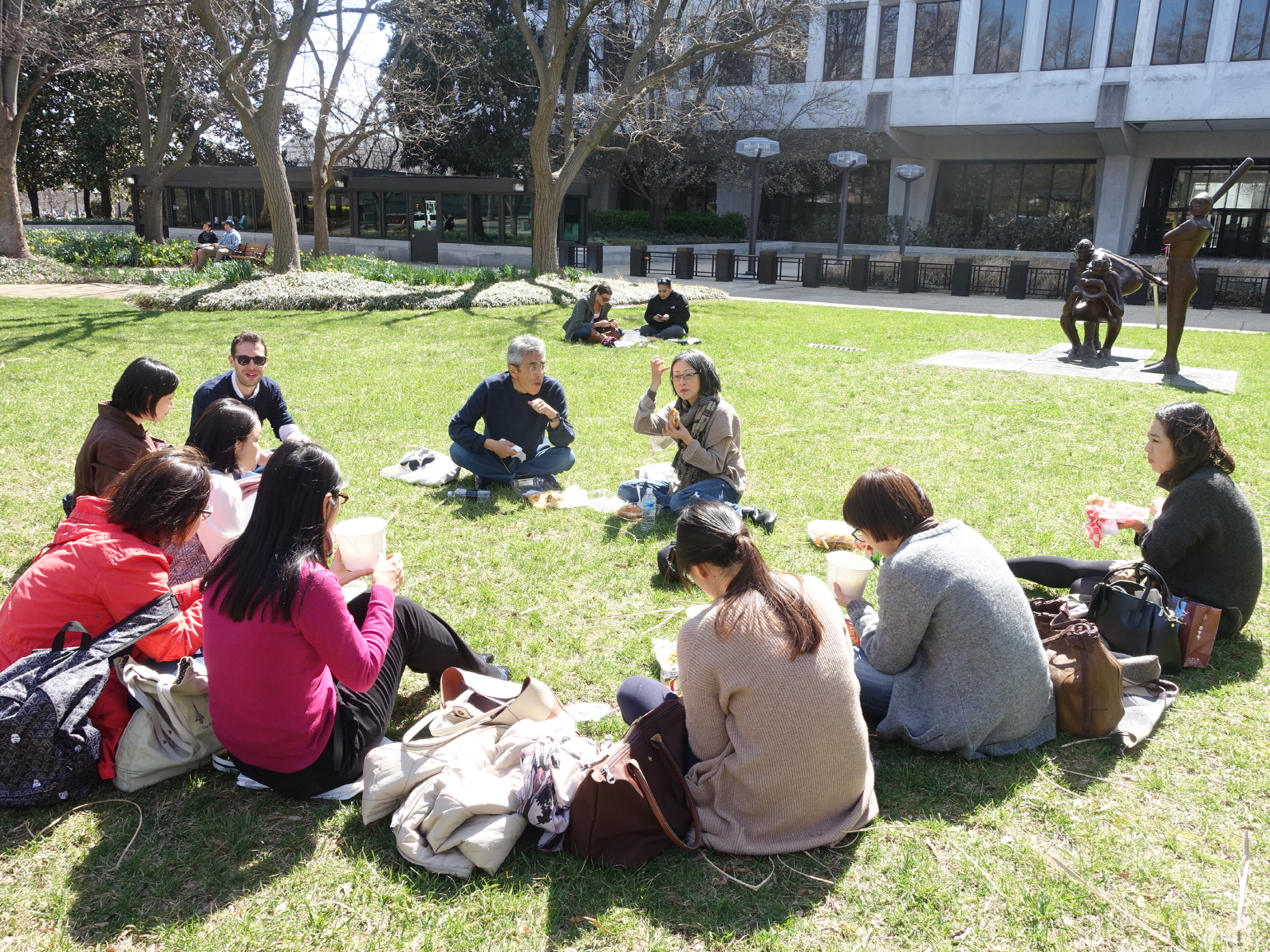
Museums and memorials also play an important role in the trip, serving as a window for us to observe American culture. We have visited the Newseum, the American Indian Museum, the Smithsonian American History Museum and its nature museum. We have also seen the Washington Memorial, Jefferson Memorial, Lincoln Memorial, Martin Luther King Jr. Memorial, the Second World War Memorial, the Korean War Memorial and the Vietnam War Memorial. The experiences that impressed me most are the American's style of "propaganda" in these places. As a Chinese, I usually feel embarrassed watching CCTV or reading the People's Daily, because sometimes they are full of directly selling of the points by the government, which are far from the common Chinese people's lives or even awkward. The U.S government does the same thing, however in a much more persuading way. For example, the Vietnam War Memorial builds a close personal connection between the visitors and the soldiers, as it shows every solder's full name equally on the memorial. The scene is touching and easily understandable, even for young children. I found many messages written by young children around the memorial to express their admiration to the soldiers who were killed during the war for they sacrificed their lives to protect the freedom of all Americans. The moving connection arouses the American visitors' identification to the soldiers rather than reflections on the reasons for the war. Most of these memorials are successful tools for nationalism construction. Although I have been educated in a totally different education system in China compared to U.S., and some of the ideologies are incompatible, I have to admit that the American "propaganda" is much more persuasive. One has always to be critical to avoid being easily convinced by all these narratives.
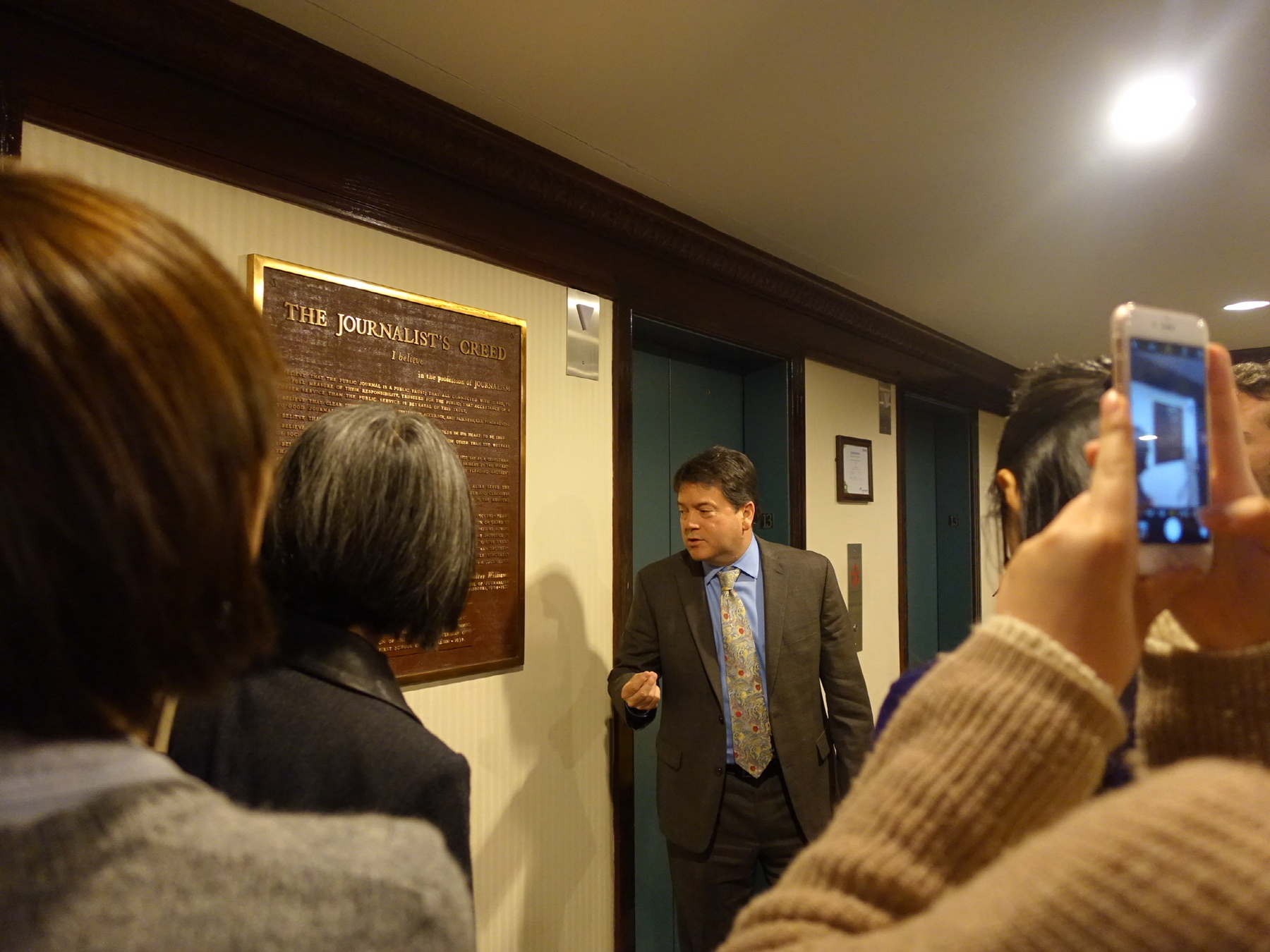
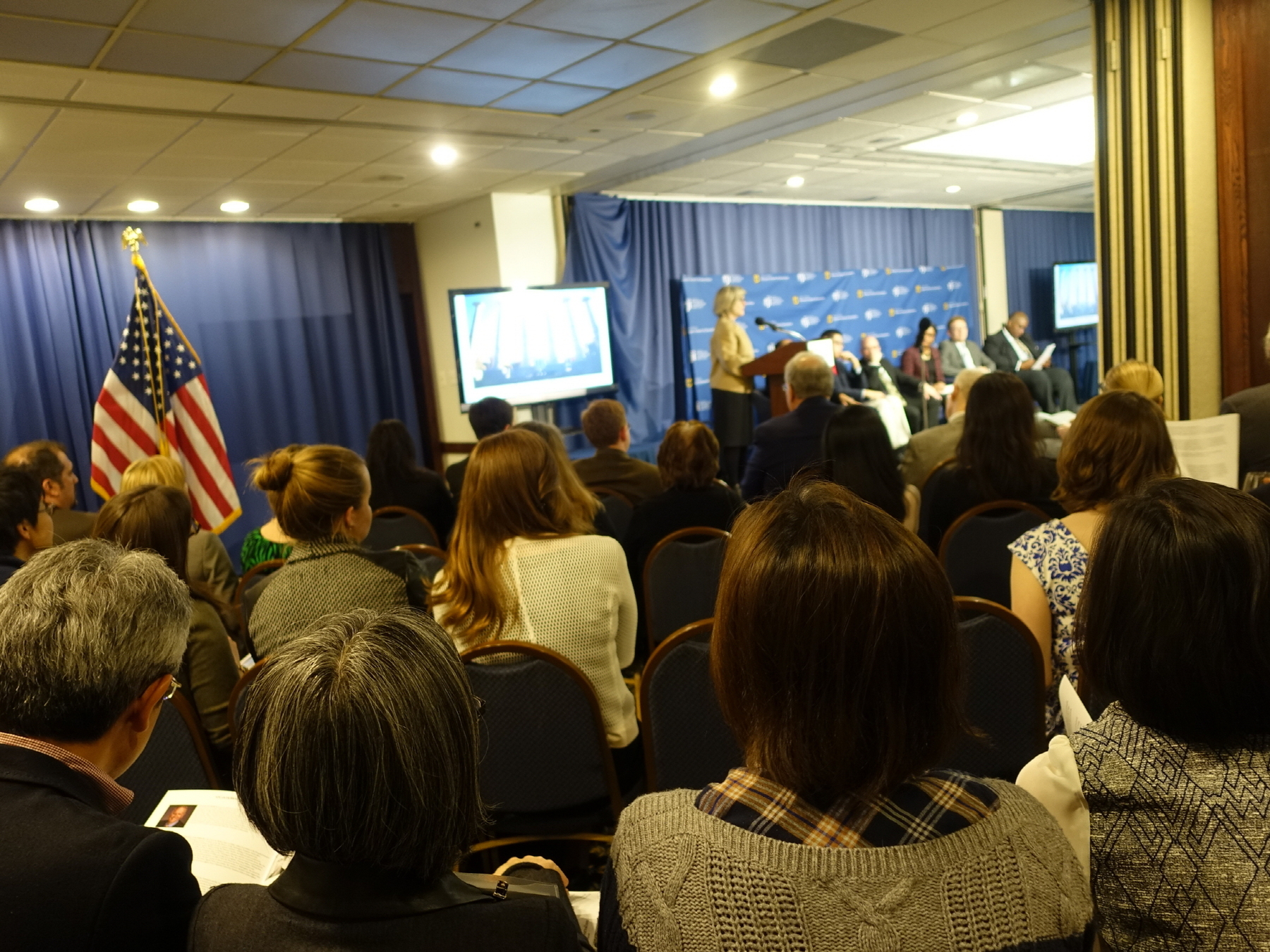
Third, as I had just been to Australia before going to the U.S., I found the subtle differences between the American and Australian aboriginals' living conditions. Both the two continents used to be the homelands of indigenous people, and the arrival of Europeans, in particular the British, changed the lives of American Indians and Australian aboriginals significantly. The colonists took their land and expelled them from their native areas. The massacres, segregation and racist policies left an unhappy legacy on contemporary Australia, as well as in America. However, when I was in Australia, I felt the aboriginals were gaining rights in the mainstream discourses. Every museum I visited in Australia put a great emphasis on the aboriginal history, and they all showed introspection to some extent to the Australian black history. Nonetheless, I didn't really have similar feelings in the museums in America. Even in the American Indian Museum, the documentary Who We Are, shown in the Lelawi Theater, had a strange standpoint. It felt like American Indians were "accepted" regardless of the history, as now they could have "successful" jobs like athletics or musicians in order to be integrated into the American society. I may not have been long enough in the U.S. to build a fair opinion towards the issue, and my opinion could be totally wrong, but during this trip to Washington D.C., I felt that the multicultural situation in America might be facing more problems than that in Australia. The majority has not paid enough attention to constructing respect and equality among diversified ethnic communities, in particular to overcoming the history problem among the white immigrants and the American Indians. The African Americans, the Asians or the American Indians have strived for their own rights, however, the white people's attitudes seem ambiguous. If I have chances to go to America again, I wish to investigate more on the issues to have a much more thorough perspective rather than such simple judgments.
Last but not least, the week I spent in Washington D.C. brought to me the fresh knowledge and a great opportunity to have deeper reflections on many issues. It also expanded my research interest as well as my scope of visions. I would like to express my gratitude to the professors and staff who put efforts to make the trip possible. Additionally, I would like to thank the IHS program for offering me the chance to participate in such wonderful trip.
Reference
Usher, Nikki. Making News at The New York Times. New Media World (2014).
report date : March 26, 2016
